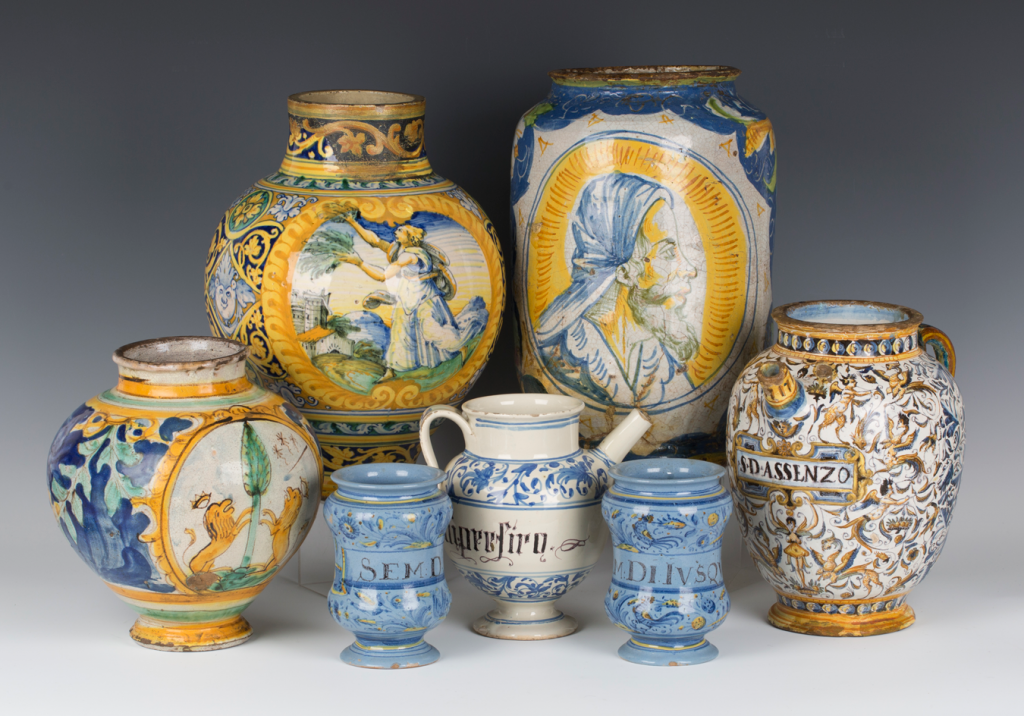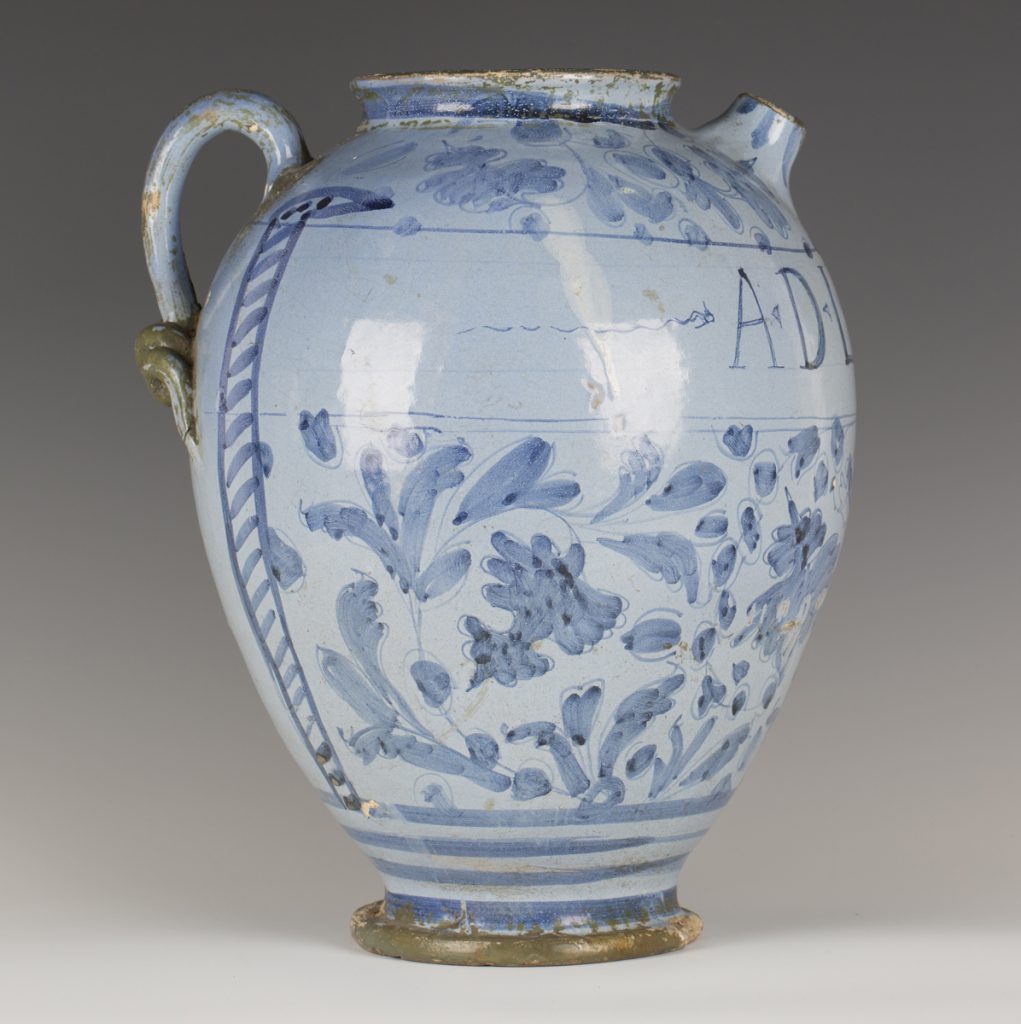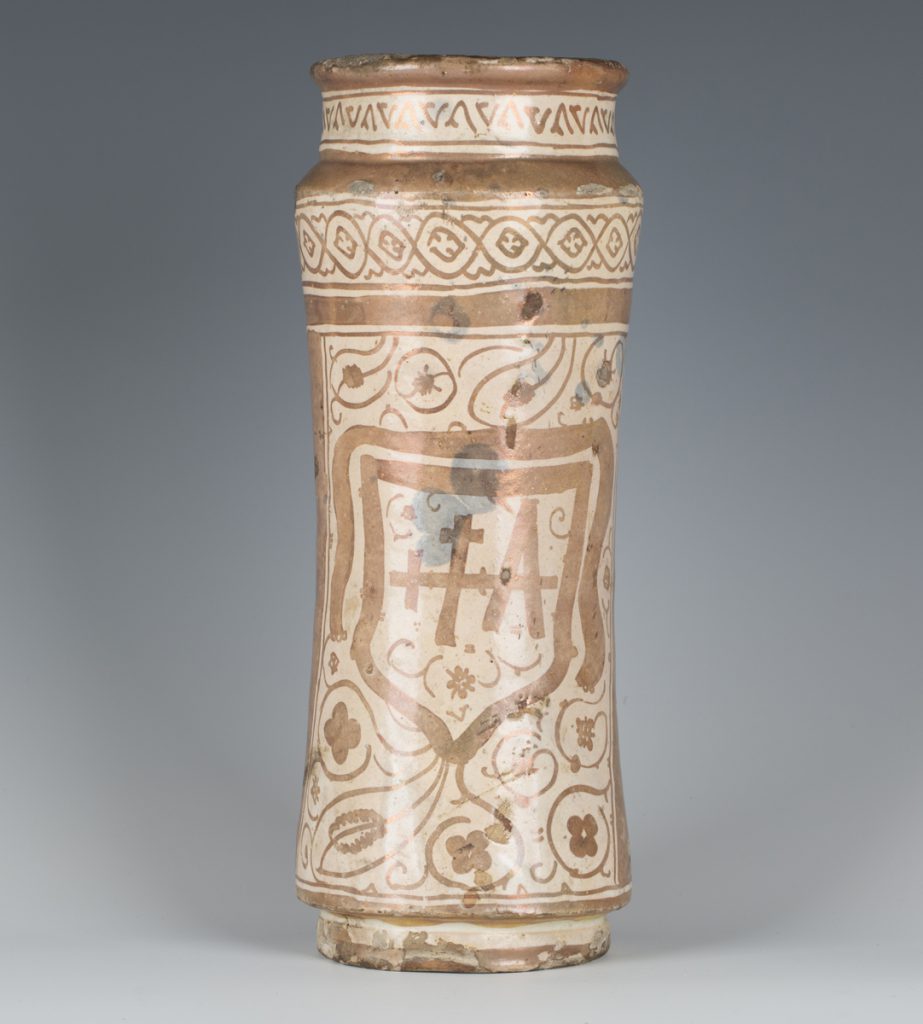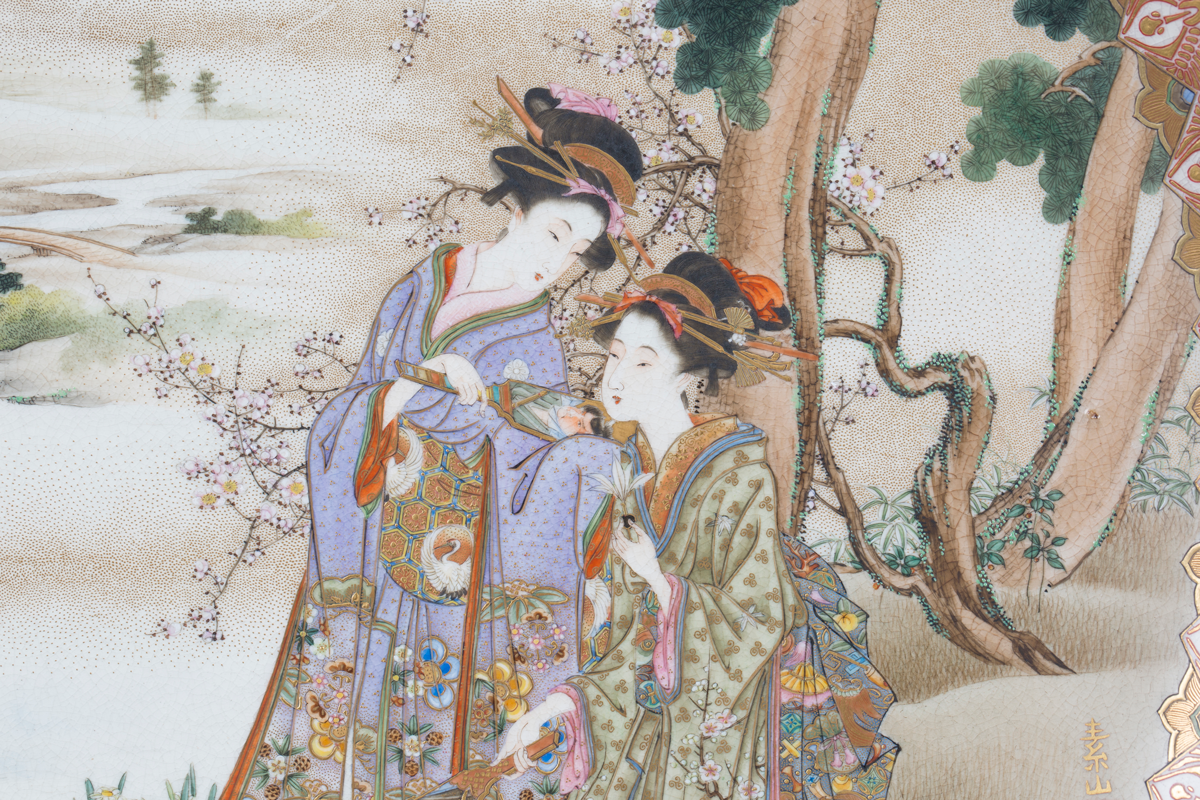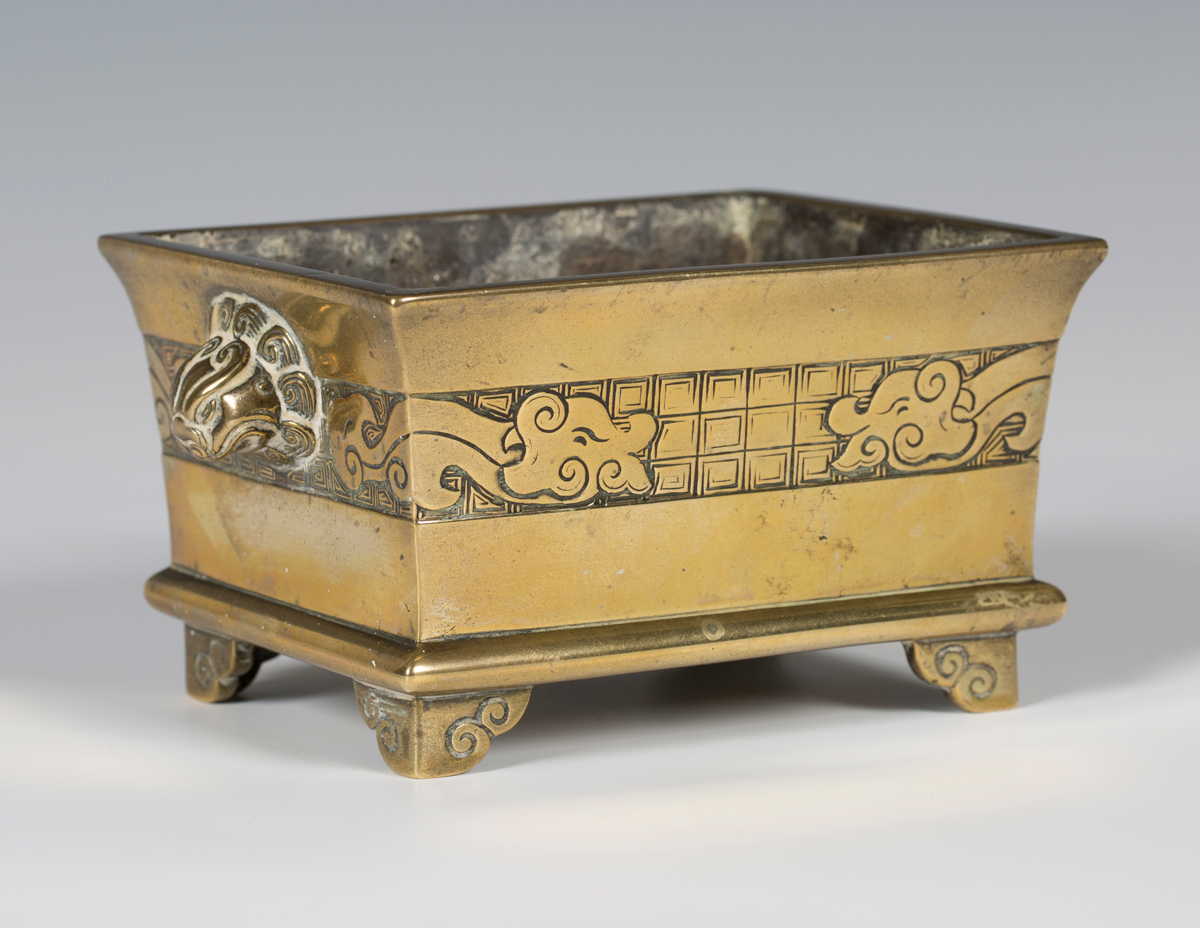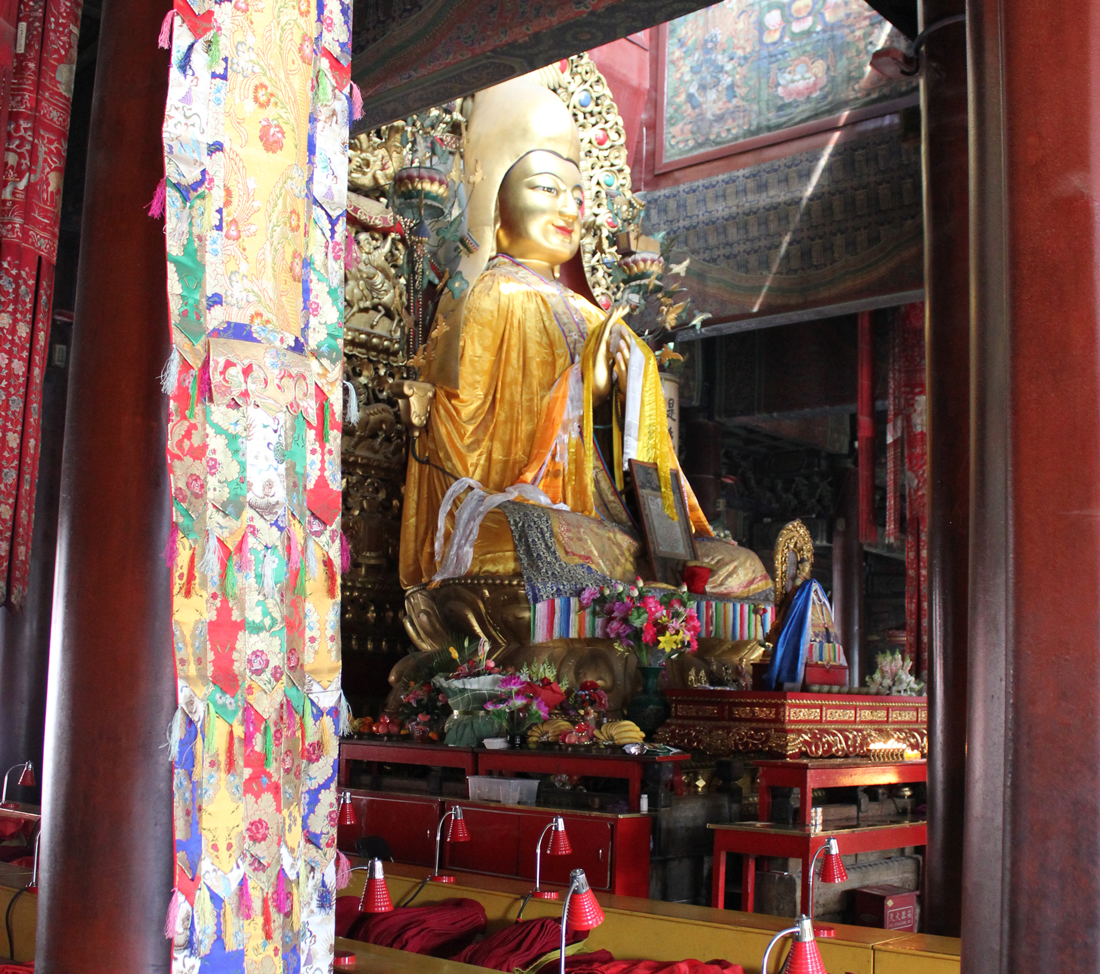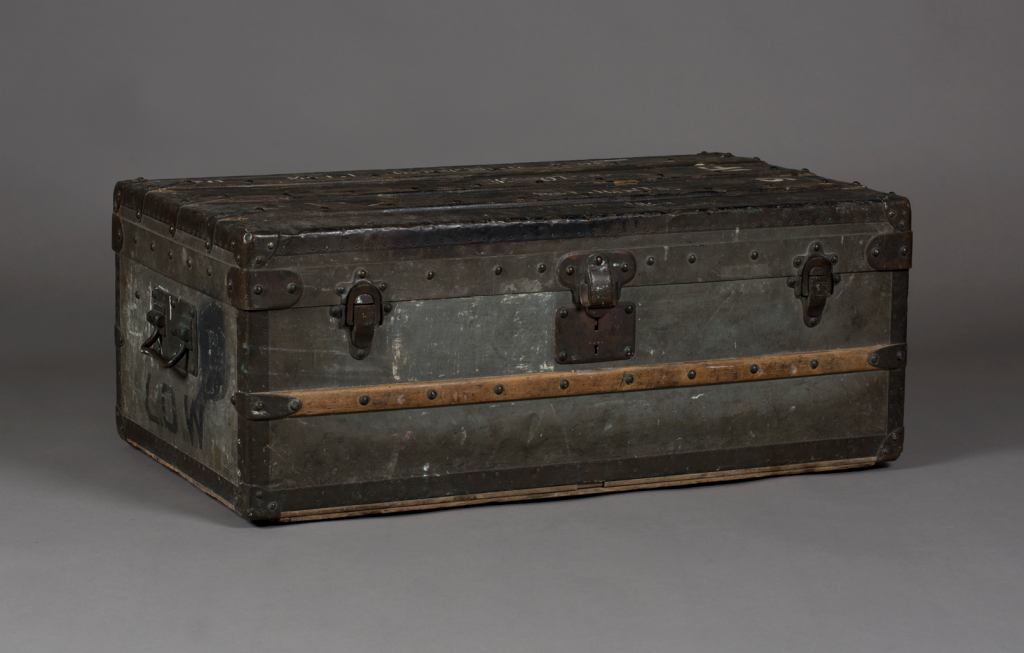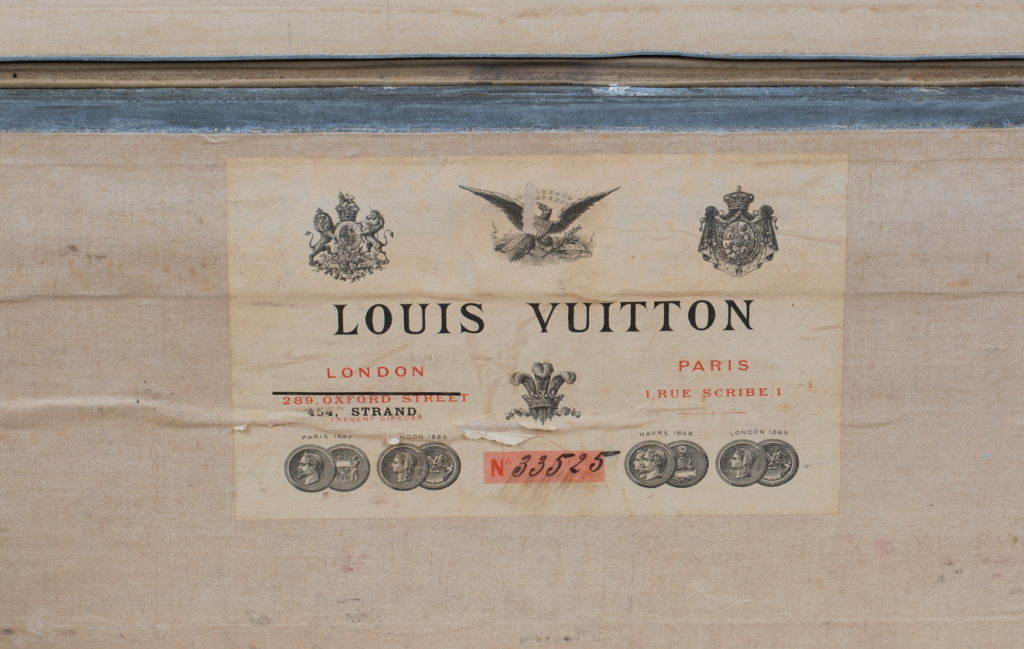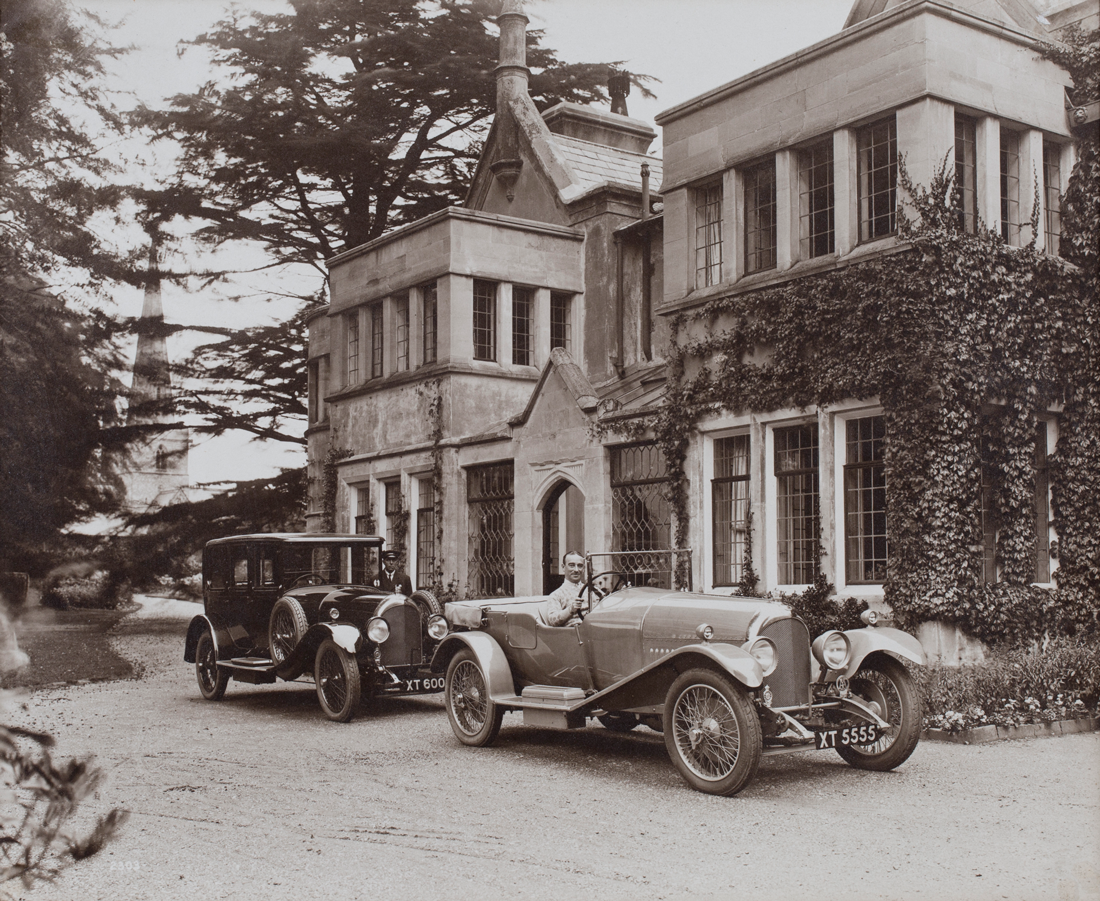
UPDATE: Click here for information on the second part of this collection
Toovey’s are delighted to announce the Sale of The Tim Harding Collection of Motoring Photographs. It was amassed over a lifetime of collecting by Tim Harding, a motoring historian who had an encyclopaedic knowledge of early vehicle marques.
Tim Harding died in 2018 and part of the collection is now to be dispersed through an auction sale at Toovey’s in Washington. West Sussex, on 27th October 2021. Such is the size of the collection that this will be the first of two sales.
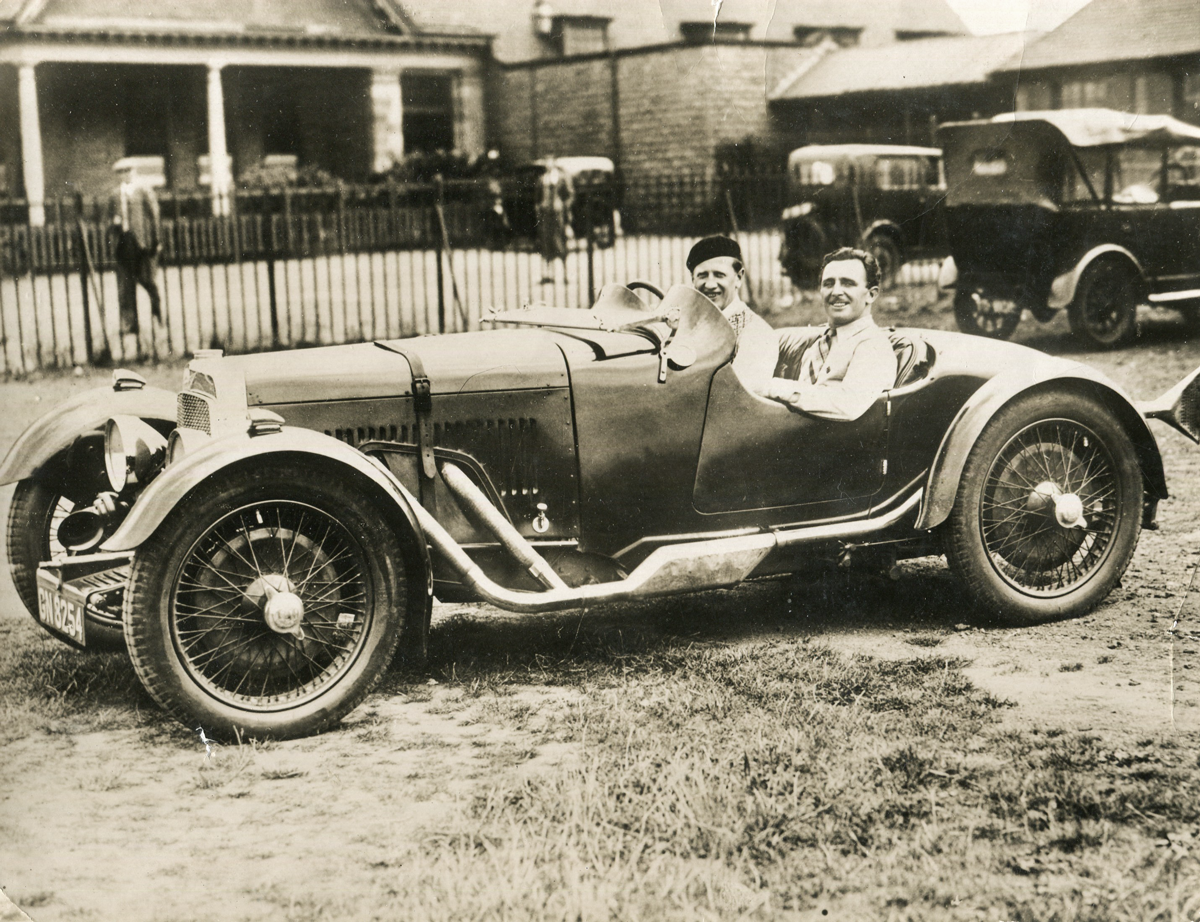
The collection comprises photographs in all formats from full plate to ‘box brownie’. The images, well over 20,000 in number, cover the period from the very earliest days of motoring to the early post war era. Most are loose but some are framed and mounted, and there are also ‘family albums’ compiled in period.

Whilst mainly focused on cars, the collection also covers commercial vehicles, cyclecars, motorcycles, racing cars, motorsport generally, trials, rallies and racing including Brooklands. Some lots will cover period garages and workshops, motor accidents, as well as postcards of motoring in topographical settings.
In addition there are a number of items of automobilia such as manufacturers’ catalogues from the 20s and 30s, and dealers’ brochures.
The auction will be held on Wednesday 27th October 2021 at 1pm.
Viewing for the sale will be held on:
Mon, 25th October 2021: 10:00 to 16:00
Tue, 26th October 2021: 10:00 to 16:00
Wed, 27th October 2021: 09:00 to 13:00
Bidding is available at our rooms and live via the third party website the-saleroom.com, commission bidding is also available.
The online catalogue will be available on our website from the 16th October 2021.
